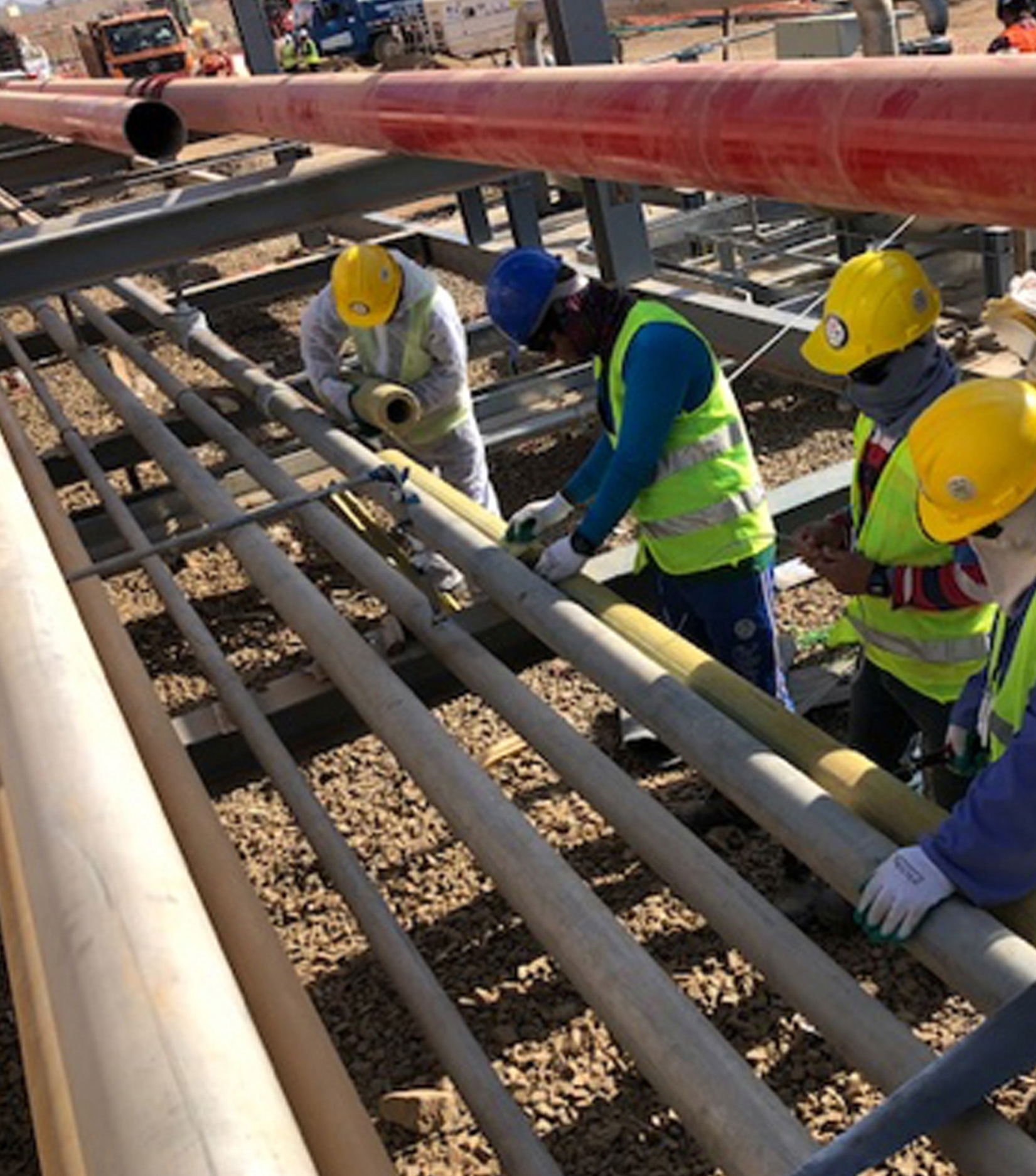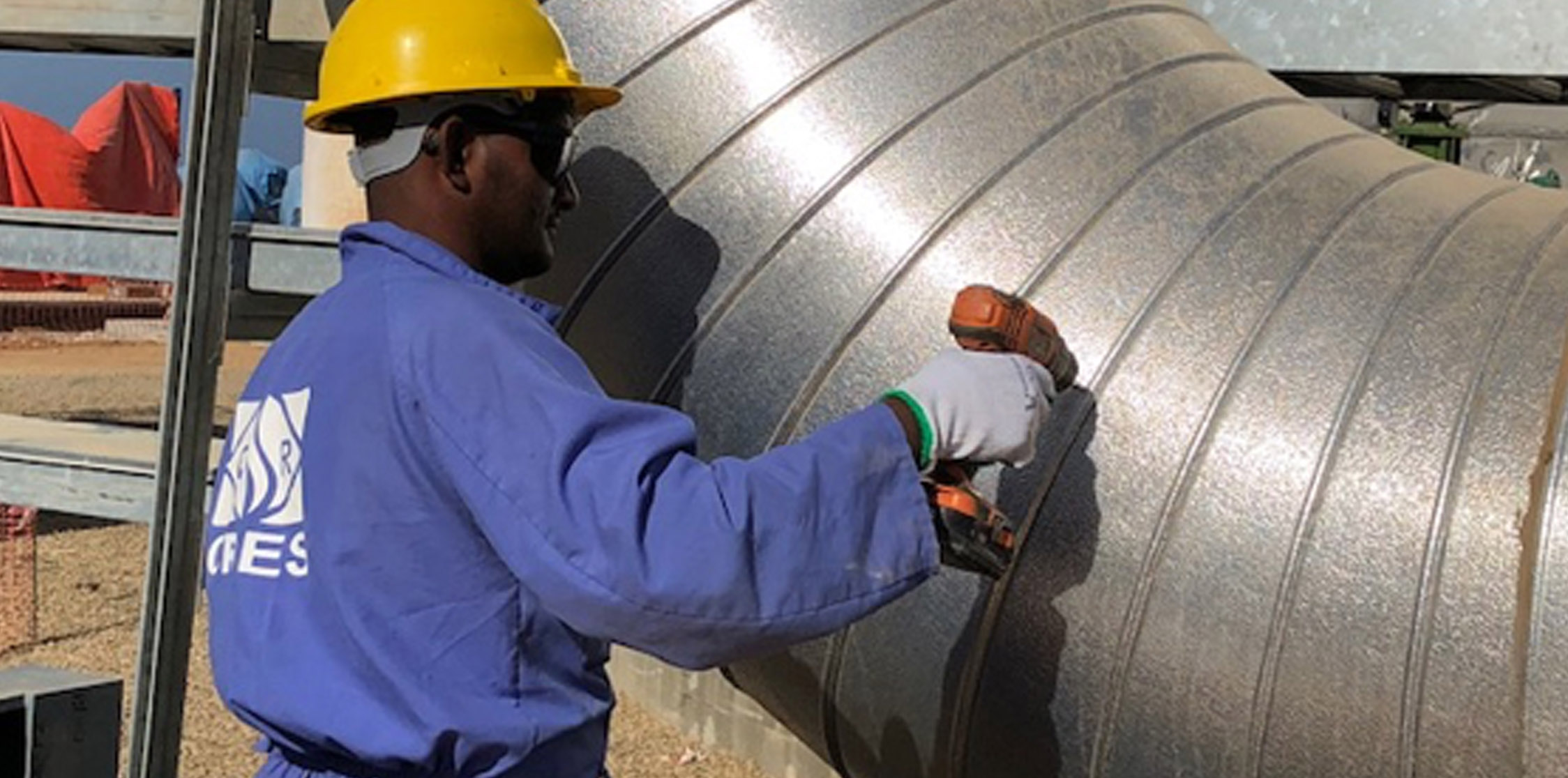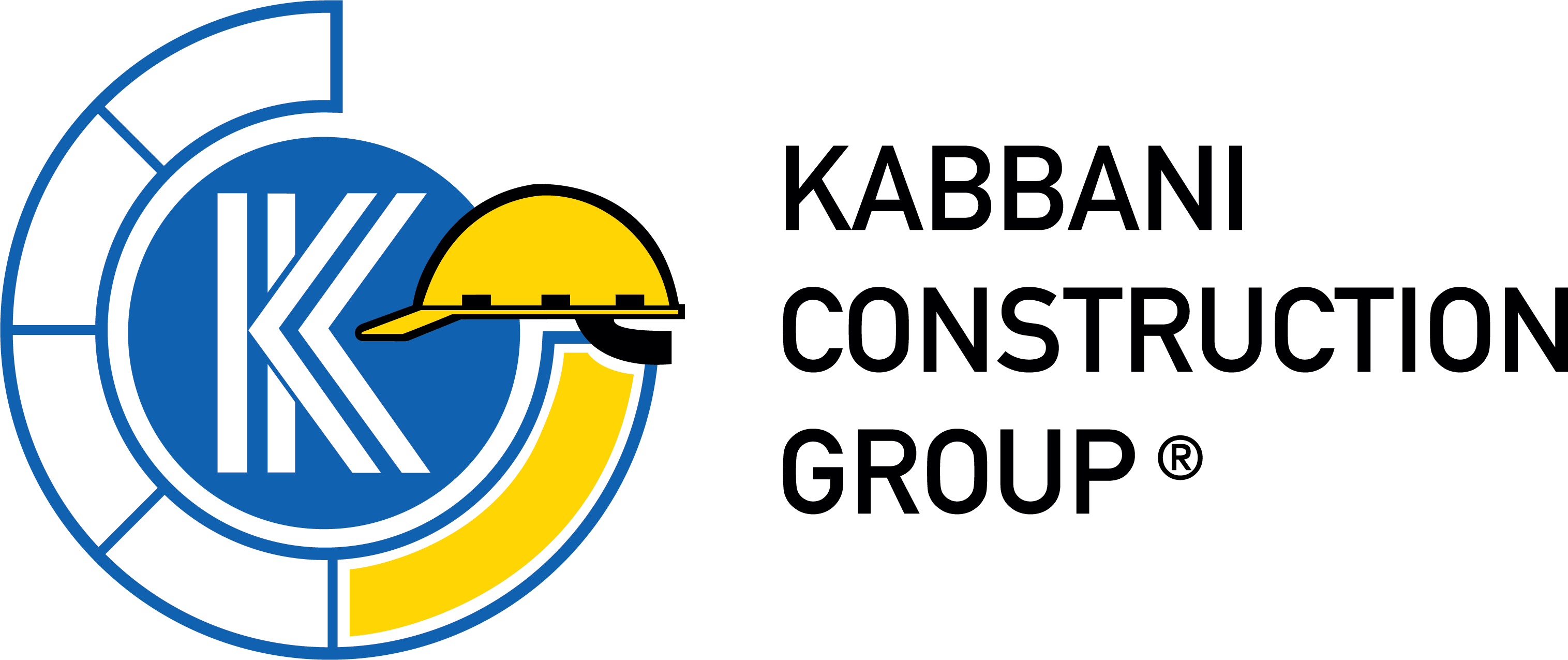Insulation & Cladding
Thermal insulation is the use of a material with low overall conductance to reduce the energy flow across another material. The insulation acts to retard and/ or reduce the flow of heat, thus it must have a high resistance (resistance being the inverse of conductance).
In general, apart from vacuum, the worst conductors of heat are gases, and these insulate best when convection within the gas can be suppressed. Fibrous blankets in which the gas is trapped in a mat made from a low conductivity solid – such as glass or organic fibre (wool or polyester) – are good insulators, and closed-cell foams in which the gas is trapped in bubbles in a poor conductor such as polystyrene or polyurethane are even better.

Resistive
Resistive insulation, also called bulk insulation, insulates against the transfer to heat simply through its resistance to conduction. Because air has one of the highest resistances to conduction, the best resistive insulators are those that trap small pockets of air within themselves. Insulators such as glass-fibre, mineral wool and expanded polystyrene work extremely well as long as the air within these pockets cannot move and thus transfer heat by convection. Some of the worst resistive insulators are, obviously, highly conductive metals such as steel and copper.
Reflective
Reflective insulation works by reducing radiative heat transfer. The ability of a material to absorb or emit infrared radiation depends on both the nature and colour of its surface. In most building materials there is a proportional relationship between the ability to emit and absorb radiation. The best absorbers and emitters are usually matte-black whilst the worst are shiny, white and reflective. Because they only reduce radiative transfer, reflective insulation is only useful on the inner or outer surfaces of a composite material or within a cavity.
Capacitive
Capacitive insulation has virtually no effect in steady-state heat flow, which is when temperatures are relatively constant on each side of a material. If the temperature on either side fluctuates, however, capacitive insulation effects become important. Because heat transfer is not instantaneous, diurnal variations take time to pass through building elements. For some materials like glass this is not that noticeable, however for double-brick or rammed earth walls this can take up to eight or nine hours. This delay is termed thermal lag and is measured as the time difference between peak outside temperature and the peak temperature on the inside surface of a element.



